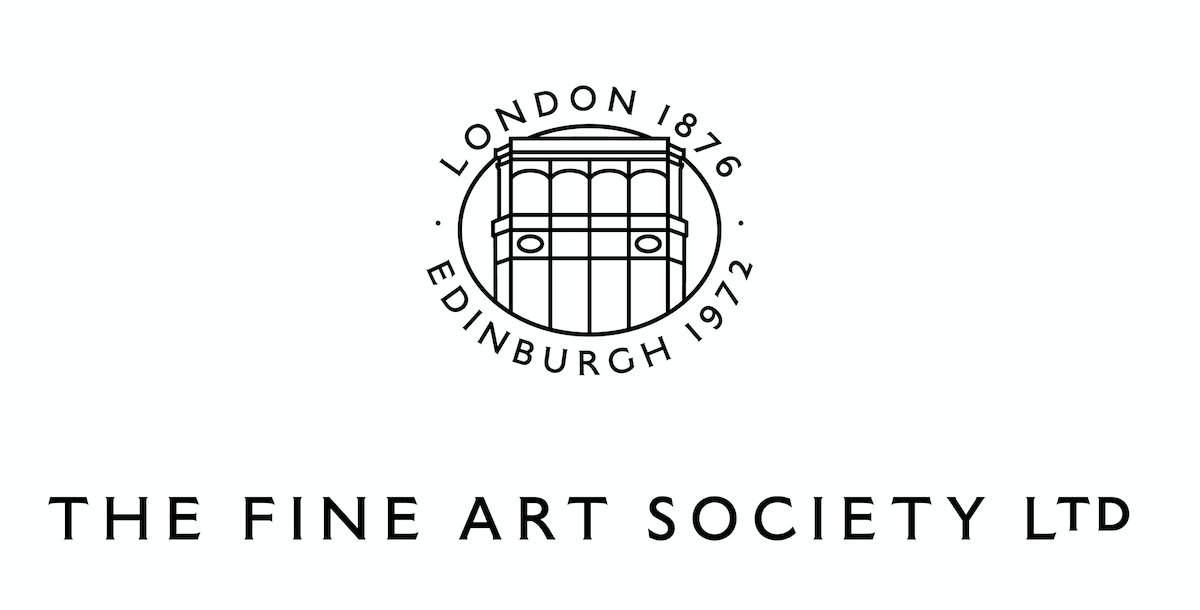Raised in Arbroath, John was influenced, though not encouraged to paint professionally, by his father Talbert, himself an abstract artist whose output was near unique at the time in Scotland. He moved to London to study at the Courtauld and spent the 1960s and 1970s at the Stockwell Depot of artists. McLean taught at various art schools in London, including the Chelsea School of Art. His first solo exhibition was in 1975 at Talbot Rice Gallery, Edinburgh, and he has since had more than forty solo exhibitions worldwide. Exhibitions in London, New York and across America, were capped by his 2017 exhibition ‘Like Singing and Dancing: John McLean’s Abstract Paintings’ in China at the Guangdong Museum of Art, Guangzhou.
In 1981 he made his first visit as a guest artist to the Emma Lake workshop in Saskatchewan, Canada, which marked a shift in his career. Critics and artists based there included Clement Greenberg and Bill Perehudoff – both of whom had an impact on John’s work, as did the landscape and weather of the Canadian prairies. While his work is firmly grounded in spatial relationships, and is by no means representational, the influence of John’s environment is present. The crux is the interrelation of shapes, and the space between them, where light and the surrounding environment have an intangible effect. This is particularly apparent in his North American work of the 1980s, where large landscapes and larger skies brought a bright openness to his canvases. In an interview with Emyr Williams in November 2019, John stated that “I have no issue with their having overtones of forms in nature and would even rejoice in that, but any shapes in my paintings are there for the painting’s needs – they gain their strength and meaning through their configuration, the way they connect with the spaces, the edges and the corners.”







